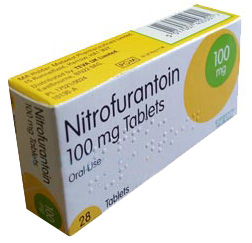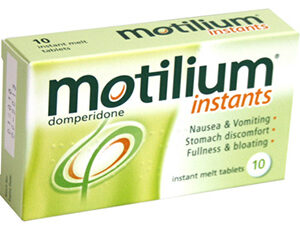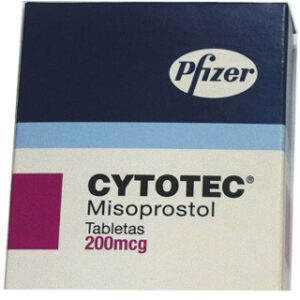Nitrofurantoin Overview
Nitrofurantoin is a bacteriostatic or bactericidal antibiotic, depending on the dosage and concentration at the site of infection. It’s a nitrofuran compound, primarily utilized to treat acute lower urinary tract infections and to prevent recurrence. By targeting bacterial enzymes essential for DNA, RNA, and cell wall synthesis, Nitrofurantoin undermines infection-causing microorganisms’ ability to propagate and maintain cellular integrity.
Indications for Use
Nitrofurantoin is precisely indicated for treating and preventing uncomplicated urinary tract infections (UTIs) such as cystitis, caused by susceptible strains of bacteria including Escherichia coli, Staphylococcus saprophyticus, Enterococci, and certain other microorganisms. It’s not generally used for pyelonephritis or perinephric abscesses due to inadequate renal tissue penetration.
Administration Dosage
The customary dosage of Nitrofurantoin differs by product type (i.e., macrocrystals or monohydrate/macrocrystals combination), patient age, and infection severity. Typically, adults might take 50-100 mg four times daily for treating a UTI, with a course lasting about a week, or as a lower dose for prophylaxis. Pediatric dosages are calculated based on body weight. The macrocrystals formulation offers a slower release, potentially reducing gastrointestinal side effects.
Contraindications
Contraindications include severe renal impairment, manifested by a creatinine clearance rate below 60 mL per minute or clinically elevated serum creatinine levels, as the drug’s effectiveness is compromised and risk of toxicity heightened. It’s also contraindicated in individuals with a known hypersensitivity to nitrofurans, during labor and delivery, or in neonates under one month due to potential hemolytic anemia.
Precautions and Cautions
Precautionary measures are necessary, especially in people with anemia, diabetes mellitus, electrolyte imbalance, vitamin B deficiency, or debilitating conditions. Nitrofurantoin poses a risk of inducing acute, subacute, or chronic pulmonary reactions. Caution is also suggested for liver disorders or existing renal insufficiency, as these may exacerbate drug-induced hepatitis or nephrotoxicity, respectively. Long-term use warrants regular monitoring due to the risk of peripheral neuropathy, often irreversible.
Drug Interactions
Nitrofurantoin’s efficacy can be diminished when combined with medications that acidify urine. It should not be co-administered with the uricosuric agent Probenecid or the gout treatment agent Sulfinpyrazone, as these can inhibit renal tubular secretion and extend Nitrofurantoin’s half-life, increasing toxicity risks. Antagonistic effects may also occur when combined with quinolone antibiotics.
Adverse Reactions
The most common adverse reactions include gastrointestinal disturbances such as nausea, vomiting, anorexia, and diarrhea. Cases of hypersensitivity, such as angioedema and anaphylaxis, although rare, have been reported. Chronic use can lead to hepatotoxicity or pulmonary reactions, with symptoms mimicking interstitial pneumonia or fibrosis. Other rare but serious side effects include peripheral neuropathy, lupus-like syndrome, and hematologic anomalies.
Overdose Management
In the event of an overdose, immediate dosage cessation is imperative. Supportive measures should be initiated, potentially including hemodialysis if warranted. Symptoms of acute overdose might cover vomiting, abdominal pain, and disorientation. Clinicians should monitor vital functions and apply symptomatic treatment where needed.
Clinical Pharmacodynamics
Nitrofurantoin exerts its antimicrobial effects by penetrating the bacterial cells and interfering with key enzymatic processes. It also affects ribosomal proteins which further hinders bacterial protein synthesis. This multifaceted mode of action minimizes the risk of developing bacterial resistance compared to other antimicrobials.
Pharmacokinetics Insight
Following oral administration, Nitrofurantoin is swiftly absorbed and quickly reaches therapeutic levels in the urine, rendering it effective against urinary pathogens. It metabolizes rapidly in the liver and tissues and then undergoes renal elimination. Its half-life usually spans a couple of hours, prolonging in cases of renal impairment.
Pregnancy and Breastfeeding
During pregnancy, especially at term, Nitrofurantoin is used with caution due to possible risk to the fetus. Studies indicate minimal to no teratogenic effects but advise against use near term due to the risk of neonatal hemolysis. Nitrofurantoin is secreted into breast milk in low quantities and is considered safe during lactation unless the infant has a known deficiency in the enzyme G6PD.
Storage Guidelines
Nitrofurantoin should be stored at room temperature away from light and moisture to maintain its stability. Keep the medication securely closed and out of reach of children and pets. Do not use the drug beyond its expiration date.
Monitoring Considerations
While on Nitrofurantoin, periodic lab tests for renal function, hepatic function, and complete blood counts are advisable, due to potential adverse effects on the liver, lungs, and blood. Monitoring for signs of pulmonary symptoms, liver dysfunction, and peripheral neuropathy is critical, especially with prolonged therapy.





Reviews
There are no reviews yet.